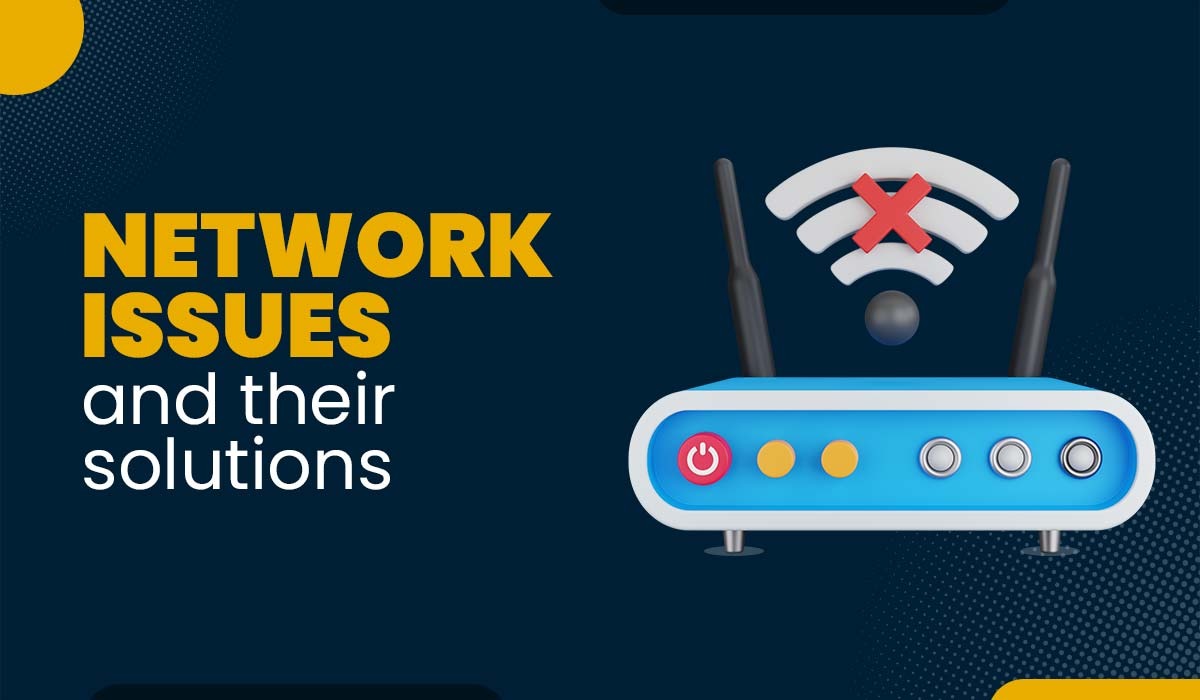Every web or mobile team knows that even the best digital platforms aren’t immune to issues. From sudden performance drops to broken user flows after an update, these challenges can frustrate users and hurt your brand reputation if not addressed quickly. Effective troubleshooting is about more than just fixing what’s broken it’s about building a resilient system and a proactive mindset across your team.
Here are detailed strategies and habits that can help your team troubleshoot issues efficiently and confidently:
1. Implement Continuous Monitoring and Logging
Don’t wait for a customer complaint to realize something’s wrong. Use monitoring tools like Sentry, New Relic, or Google Analytics to track performance metrics, error rates, and crash reports in real time. Combine this with detailed logging to capture data about server requests, failed responses, and user actions leading up to errors.
This data-driven approach not only helps pinpoint the cause faster but also prevents recurring issues by revealing patterns over time.
2. Reproduce the Problem in a Controlled Environment
When a bug surfaces, the first step is to replicate it consistently. Whether it’s a payment gateway error or a layout issue on certain devices, being able to reproduce the issue helps isolate variables.
Use staging environments that mirror production as closely as possible. This allows developers to experiment with fixes safely without affecting real users.
3. Prioritize Based on Severity and Impact
In fast-moving teams, not every issue deserves immediate attention. Create a prioritization framework that categorizes issues based on user impact, frequency, and business risk.
For example:
- Critical: App crashes, login failures, payment errors.
- Moderate: Slow page load times, minor UI bugs.
- Low: Cosmetic changes or layout adjustments.
This helps allocate developer time effectively while maintaining focus on what matters most user satisfaction.
4. Strengthen Collaboration Between Teams
Troubleshooting is rarely a one-person job. Developers, QA engineers, designers, and even customer support should work together when identifying the root cause.
Encourage open communication through tools like Slack, Jira, or Trello, and document findings as you go. Sometimes, customer feedback from support teams provides valuable clues that logs alone can’t reveal.
5. Integrate Automated Testing and Deployment Checks
Automated tests are your first line of defence against recurring issues.
Set up unit, integration, and UI tests that run automatically during deployment. This ensures new code doesn’t unintentionally break existing features. Pair this with a rollback system so if something goes wrong post-release, your team can quickly revert to the last stable version.
6. Keep Documentation and Knowledge Bases Updated
Documenting issues, fixes, and learnings is essential for long-term efficiency. Maintain an internal troubleshooting wiki or issue tracker where team members can reference past incidents and their resolutions.
This builds a culture of shared knowledge and reduces dependency on individual expertise.
7. Communicate Transparently with Users
When issues affect users, honesty is always the best approach. Post timely updates on your website, social media, or app notifications explaining what’s happening and when it will be resolved.
Transparency during downtime shows responsibility and can turn a potential PR problem into an opportunity to build trust.
8. Adopt Preventive Measures
The best troubleshooting happens before the problem occurs. Conduct regular code audits, load testing, and security scans to identify vulnerabilities early. Encourage your team to review analytics weekly to spot gradual performance drops or feature misuse.
Prevention is not just cheaper it’s smarter.
9. Review and Reflect After Every Incident
Every issue carries a lesson. After major bugs or outages, hold a post-mortem meeting to discuss what went wrong, how it was handled, and what can be improved.
Turn mistakes into learning opportunities that make your systems and your team stronger.
Final Thoughts
Troubleshooting isn’t just a technical process it’s a mindset built on teamwork, data, and constant improvement. The fastest teams aren’t those that never face problems, but those that can identify, fix, and learn from them quickly.
By investing in proactive monitoring, structured collaboration, and open communication, web and mobile teams can deliver reliable, high-performing digital experiences that users trust.
